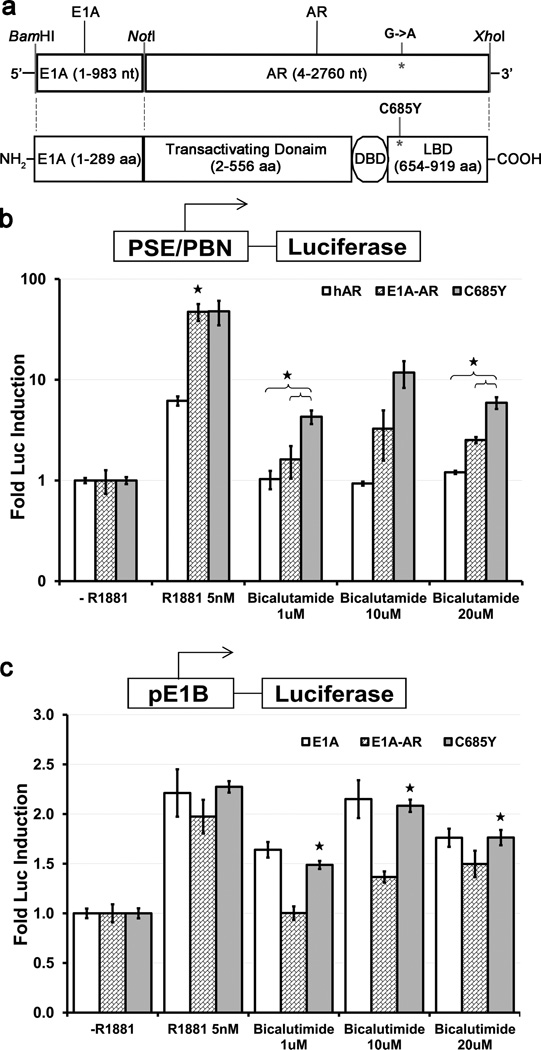Figure 1. E1A-ARC685Y activates the expression of an androgen receptor and viral promoter reporter.
Schematic of E1A/AR fusion construct. The large (13S) E1A protein is fused on the C terminal end to the amino acid 2 of the Androgen Receptor (DBD=DNA Binding Domain, LBD=Ligand Binding Domain). A single point mutation was introduced to convert Cysteine 685 to Tyrosine in the LBD of AR (a). Firefly luciferase assay was performed using the AR reporter pBK-PSE/PBN-F.Luc co-transfected with a renilla luciferase transfection control (pRL-CMV) along with expression plasmids; AR, E1A-AR or E1A-ARC685Y. Transfections were performed in PC3 (AR negative) cell lines in the presence of 5nm R1881, 1uM, 10uM, or 20uM bicalutamide. Significant difference between E1A-AR and AR in R1881 and E1A-ARC685Y vs. AR and E1A-AR in bicalutamide represented by *(p<0.05) (b). Similarly, the E1A reporter plasmid pE1B-F.Luc was co-transfected with expression plasmids encoding E1A, E1A-AR, and E1A-ARC685Y or vector alone (pUC19) in PC3 cells in the presence of 5nm R1881, 1uM, 10uM, or 20uM bicalutamide. The addition of the point mutation to E1A-ARC685Y did not hamper E1A's ability to activate transcription of the viral promoter E1B in the presence of R1881 and in the presence of bicalutamide. Significant difference of E1A and E1A-ARC685Y vs. E1A-AR at all concentrations of bicalutamide represented by *(p<0.05) (c). Error bars represent means ± SE.

